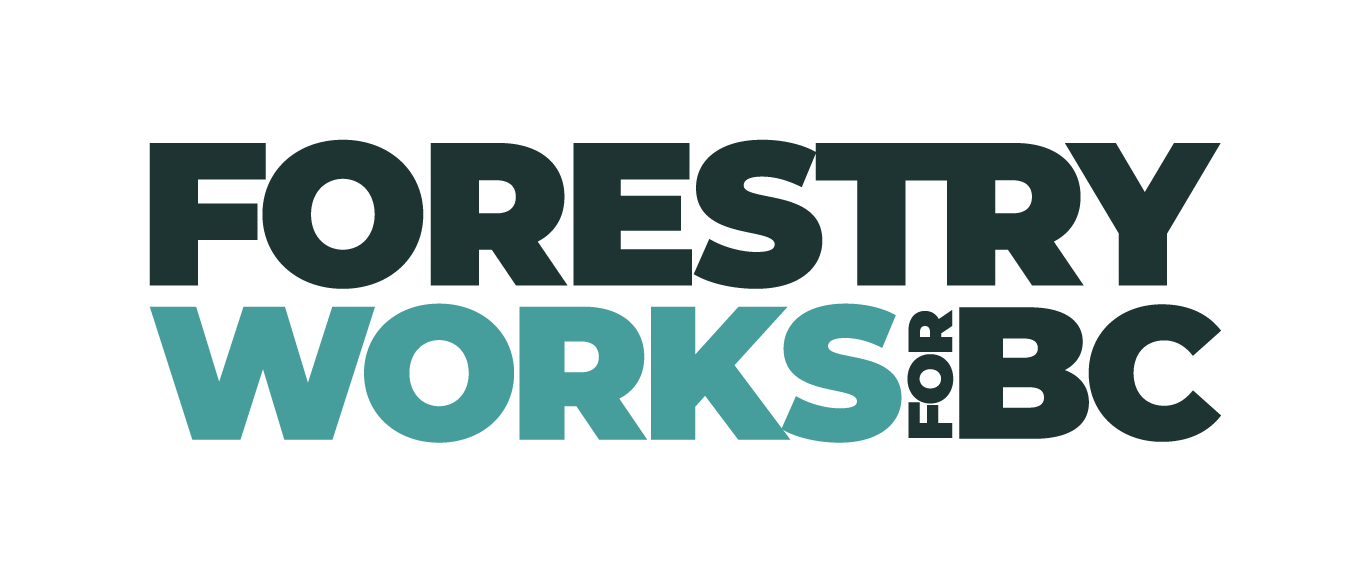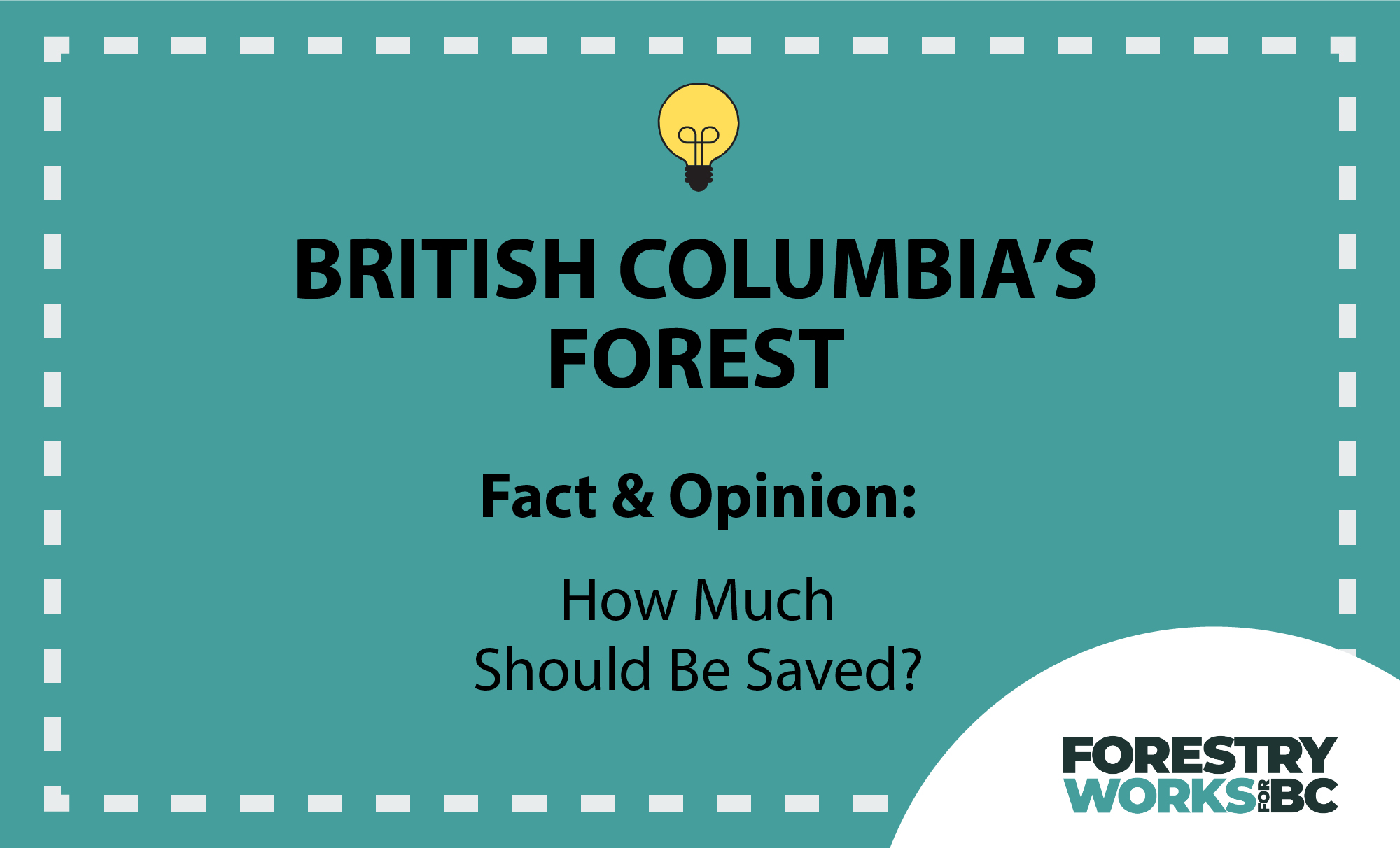British Columbians love our forests. Many generations of forests in BC have lived and died since the last ice age (8,000 – 12,000 years ago). Forests provide habitat for plants and wildlife, contribute to the carbon cycle, and are beautiful. But some people worry that commercial and industrial harvesting (logging) has resulted in forests disappearing. They are so concerned that they are willing to take time off work, engage in civil disobedience and risk jail time and criminal records in order to save the last remaining forests.
The practice of forestry is a regulated profession in British Columbia. Examples of other regulated professions include teaching, nursing, engineering, and accounting. The BC government has laws stipulating that people doing this kind of work must meet minimum requirements for education, experience and ethics. One of the ethical obligations of forest professionals is to clearly distinguish fact from opinion.
A fact of BC forestry is that 63% of BC’s forests are unlikely to be commercially harvested (logged) in the foreseeable future. Another fact is 37% of BC’s forests are currently available to be commercially harvested (and therefore by strict laws, managed for perpetual sustainability, growing new forests again and again).
There are many public opinions regarding how much of BC’s forests should be available for harvesting. Some feel there should be less, others more, and some who feel the status quo strikes a good balance, all things considered. The same range of views exists even amongst knowledgeable forest professionals. There is no “right” or “wrong” answer to the question of how much is enough, just a diversity of opinions.

- Just over 62% (59 million ha) of BC is covered by forests.
- BC’s forests are publicly owned and managed by the BC government on behalf of all British Columbians. Less than 5% of BC’s forests are on private land.
- The timber harvesting land base (the area that it is legal and economically feasible to log) is 22 million ha.
- This means that ONLY 37% of BC’s forests are part of current and future harvest planning.
- So, the remaining 63% of BC’s forests are unlikely to see a cutblock or forestry road.
- BC harvests approximately 140,000 hectares of forest per year (based on the last 3-year average) or less than 0.60% of available forest lands are harvested each year.
The amount of old growth forests that should be protected in British Columbia is currently the subject of discussions. Some progress has been made, with interim measures implemented while a new approach is being developed.
- In response to the Old Growth Strategic Report recommendations, a Technical Advisory Panel (TAP) was established.
- The panel identified three categories of UNPROTECTED priority OLD GROWTH and identified approximately 4.0 million ha of old forests that should be deferred from harvest while a new approach to management is developed.
- Further analysis found that 1.4 million ha of this priority forest type, was already protected.
- This leaves 2.6 million of PRIORITY OLD GROWTH (Ancient, Big and Remnant) in imminent danger of loss or removal
- BC committed to consulting with First Nations on the temporary deferral of this 2.6 million hectares of old-growth forests while a new approach to management is developed.
- To date, First Nations have supported the deferral of approx. 2.4 M ha of OLD FOREST identified though First Nations planning initiatives.
The purpose of Forestry Works for BC is to encourage citizens and leaders in British Columbia be proud of forestry. Please visit Forestry Works for BC – When Forestry Works, we all do better to learn more.

